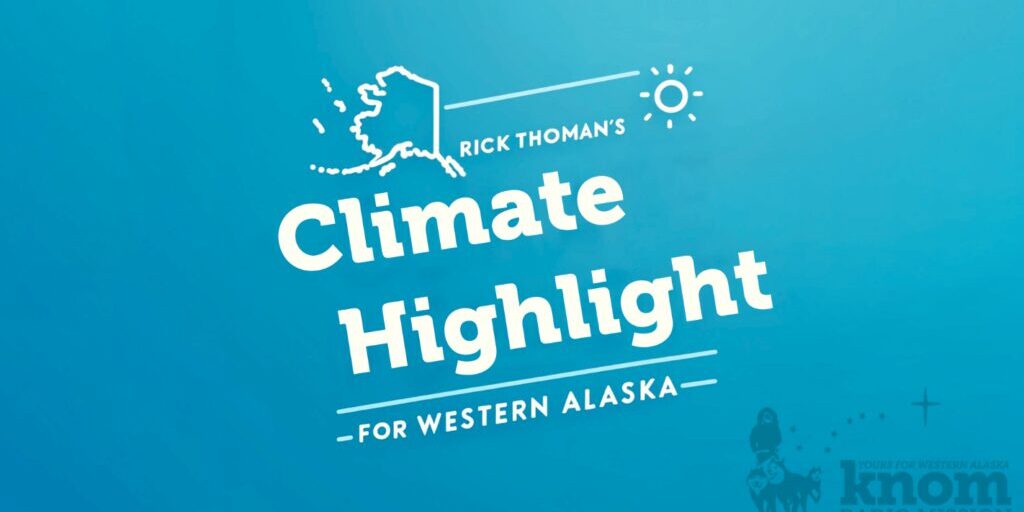The very low snowpack we currently have is unusual, but not unprecedented in Nome. In winter's past that had similarly low snow to this point in the season, how did the rest of the winter turnout?
Looking at the 10 winters with the lowest snowfall up until mid-January, only one of those winters, 2001-2002 finished with above normal for the season as a whole. That was thanks to a very snowy late January and February, and again, a snowy April.
In contrast, five of the 10 lowest snowfall winters through mid-January finished the season with less than half of normal. Of course, the larger environment is different now than it was in the 20th century, with the sea ice edge currently significantly farther north than usual, and comparatively mild ocean water to the south.
If the weather pattern changes and brings storms into the northern Bering Sea, there will be additional moisture available for storms to tap into and generate snow for our region.




